A major US city will start drinking its own sewage. Others need to follow.
It’s possible, a few decades from now, humans living in water-scarce places will find it ridiculous that we spent centuries just flushing away our watery sewage. Didn’t we know we could have been drinking it?
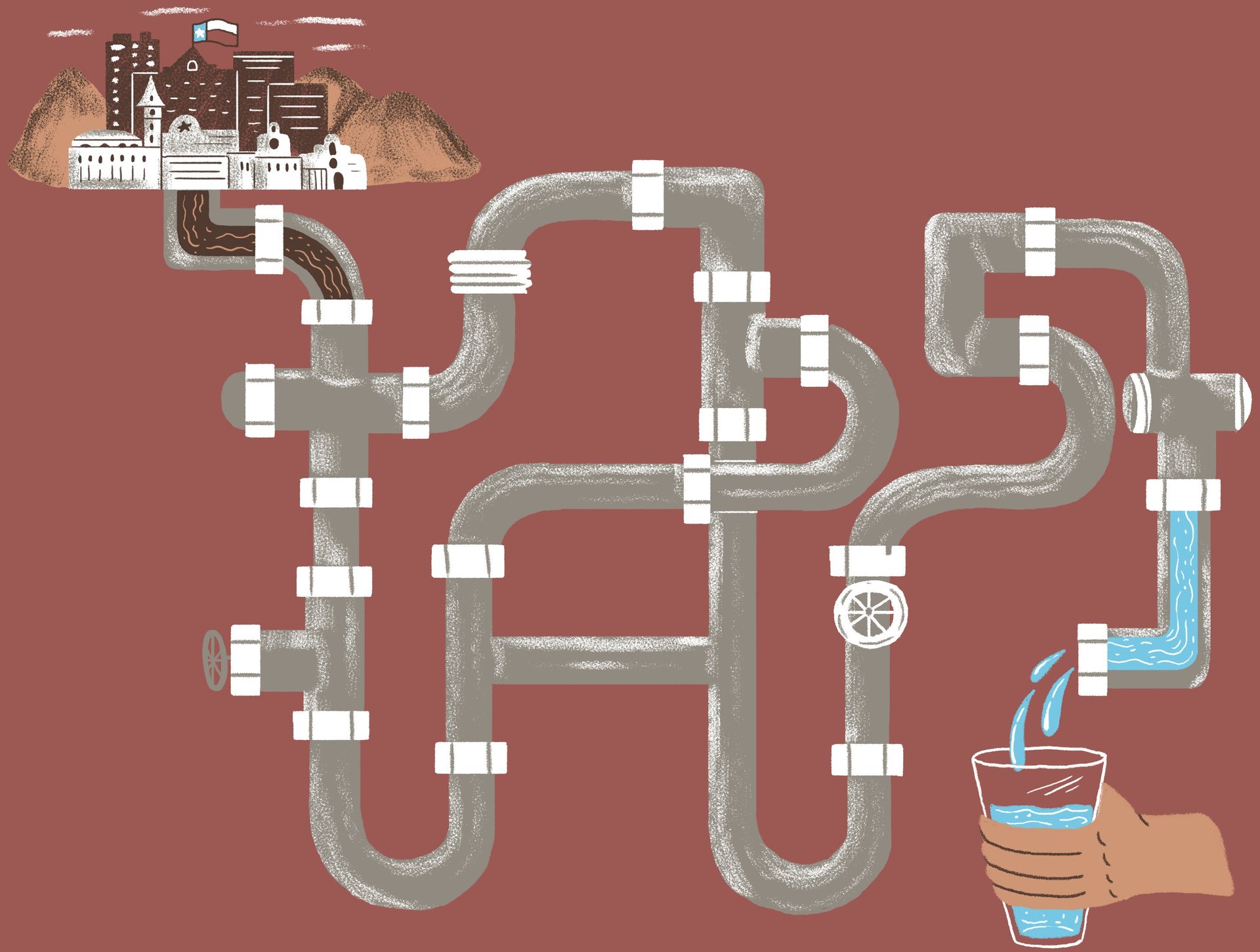

It’s possible, a few decades from now, humans living in water-scarce places will find it ridiculous that we spent centuries just flushing away our watery sewage. Didn’t we know we could have been drinking it?
The idea of a closed-loop water system, in which we drink, expel, treat, and then drink again, is not new. The technology already exists to treat human wastewater to drinking water standards; water engineers call it by the polite (if euphemistic) name of “direct potable reuse.” But few city water utilities have been daring enough to try it on their customers, given its poor public image.
On the other hand, El Paso, Texas, a land of scarce rainfall—it’s drier than Windhoek, Namibia, the capital of the driest country in sub-Saharan Africa—is charging into potable reuse with near-religious zeal. The border city (population 700,000), which shares a river and groundwater with its sister city of Ciudad Juarez, Mexico, has been building up to this moment for decades.
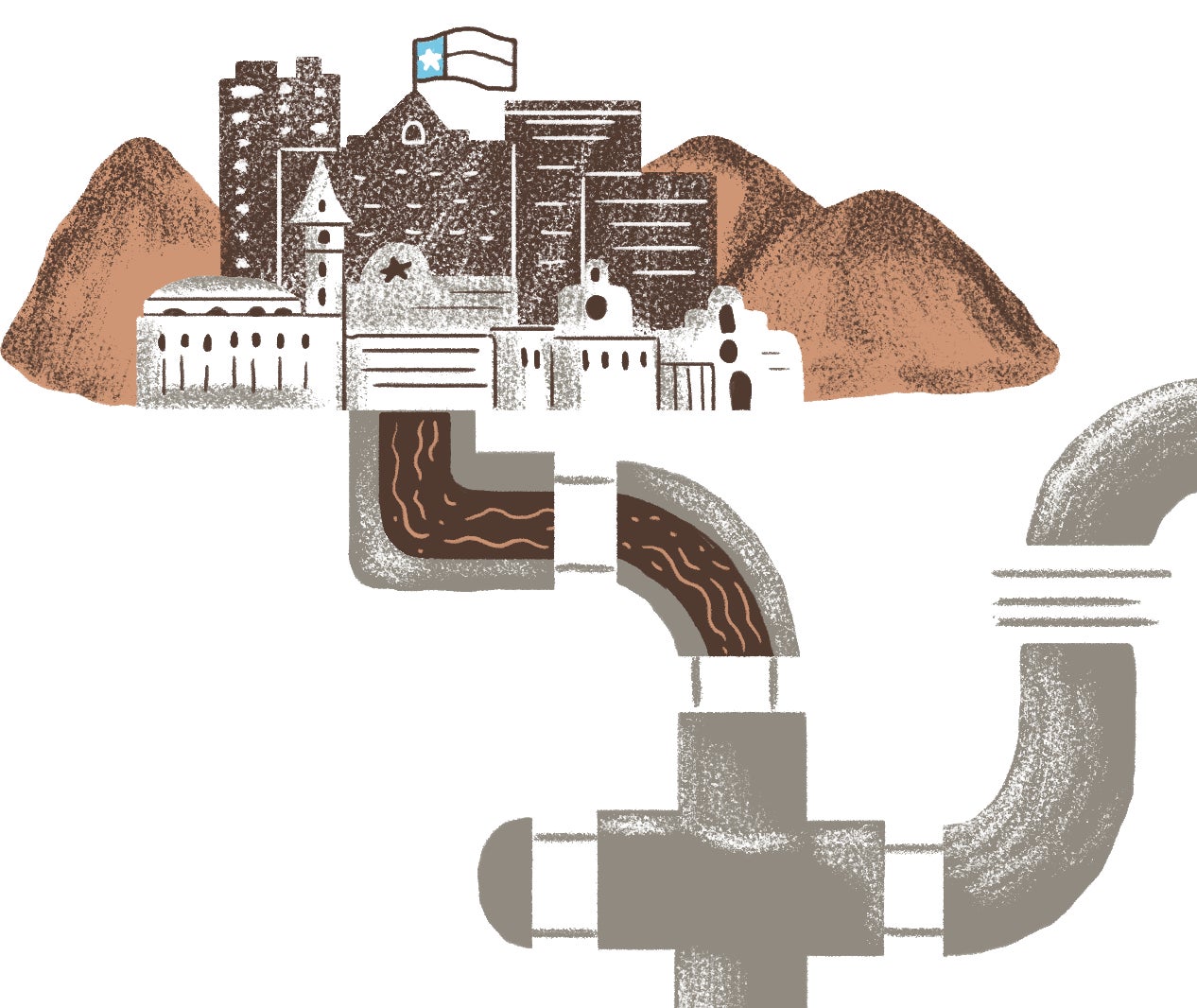
El Paso recently proved to state officials it could do it, running a pilot (pdf) of the purification process for most of a year, finishing up in 2016. Now the city is seeking grant funding to shepherd a potable-reuse plant through the remainder of a design process; water-utility officials think they can break ground on the plant “in the next few years,” according to Joshua Moniz, a public affairs coordinator for the El Paso water utility. Within a decade, El Paso hopes its residents will be drinking reclaimed sewage water. In short, El Paso, situated in the middle of the punishingly dry Chihuahuan desert is on the cutting edge of water technology. It really has no choice.
El Paso today is unrecognizable from the city in the 1980s. In 1985, each El Pasoan was using on average 205 gallons of water every day, far above the US average of 112 gallons—a national peak that has been declining ever since. Water was cheap. Lush lawns were all the rage. Half of the city’s water was being used outdoors, feeding St. Augustine grass in a desert. But water levels in the Hueco Bolson, the aquifer that quenched booming El Paso and Juarez, were dropping by 1.5 ft per year. A later report would reveal (paywall) that the water in the Bolson dropped a full 147 ft (45 meters) between 1940 and 1999. At that rate, the aquifer would effectively be pumped dry by 2025 (pdf). The stakes were very clear: If the aquifer went, so would the city.
Ed Archuleta came to El Paso to take a director job at the water utility in 1989. He grew up in northeastern New Mexico, in a small town called Clayton, an arid place where annual rains were only a few inches more than in El Paso. He earned his degree in engineering from New Mexico State University and knew right away he wanted to work in water. By age 47, he was the deputy director of the water utility in Albuquerque, New Mexico, a large, very dry city grappling with chronic scarcity as it rapidly depleted its aquifers.
By the time he arrived in El Paso, Archuleta was used to the hard reality of trying to squeeze water from the desert. But El Paso was a special case. At the time, it was the fifth-fastest growing large city in the country, and it was getting desperate. “We were projected to run out of water,” Archuleta recounts today. The Texas city, which sits at the border with New Mexico, is home to a small slice of a large aquifer called the Mesilla Bolson. A far greater share of the Mesilla sits beneath New Mexico, just across the state line. When Archuleta took the job in 1989, El Paso was still in the midst of a legal dispute with New Mexico, after suing the state over the claim that the city had the right to drill hundreds of wells into the Mesilla from the other side of the state line and pipe the water back to El Paso—a scheme that ultimately failed (pdf).
Fast forward 24 years, to 2013, when Archuleta finally retired: He’d become well-known in the world of water planning for recently pulling the city through the worst single-year drought in Texas (pdf) history—with water to spare. In 2011, the city went 119 days without rain. But while other Texas cities languished, and began imposing emergency water-rationing measures, El Paso was sitting relatively pretty. They did make some temporary water cutbacks, but they were minor. They’d already done the hard work. “We’re basically drought-proof,” Archuleta told the Guardian at the time.
What happened between 1989 and 2013 in El Paso makes for a master class in how to effectively reckon with the reality that when water doesn’t abide by borders, those on both sides must learn to talk to each other. If another city inextricably bound to an international (and/or interstate) water resource hopes to make it through the coming era of freshwater scarcity, they would do well to read the story of El Paso.
Archuleta, now 76, speaks with the steadiness of a person who gets things done because they think it would be ridiculous not to. “How’d we do it? Like I said, we had a plan, and then we implemented the plan,” he said in a video interview in 2014.
That plan, he said, was a 50-year strategy—his mind was on the long game from the start of his tenure at the El Paso utility—and the short-term part of it looked like this: First, people using more than an average amount of water had to pay more for it. Second, people at even-numbered addresses could only water their lawns Tuesdays, Thursday, and Saturdays; odd addresses took Wednesdays, Fridays, and Sundays. Only schools and parks could water their grass on Mondays, and no one could water in the middle of the day in summer—it would be pointless, anyway, since much of the water would just evaporate under the desert sun. Third, Archuleta hired a fleet of water cops to patrol the streets and fine people who didn’t comply. If a water cop caught you watering on the wrong day, or letting the water run into the street, you’d be fined. But, Archuleta decided, if you pulled out your lawn and installed a rock garden, the city would help you pay for it.
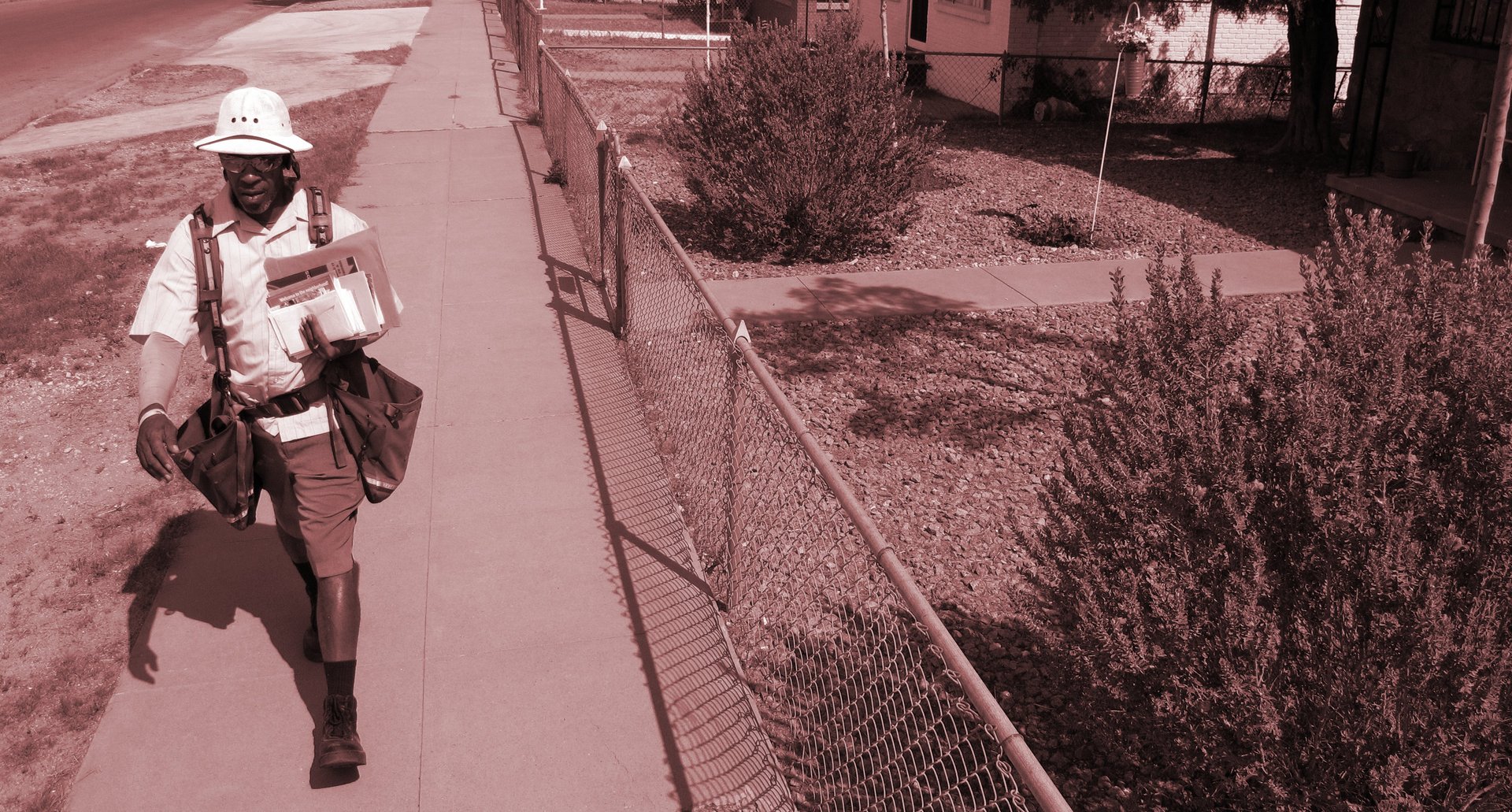
Water is more essential to a person’s identity than you might think. It underlies many of our behaviors—what we eat, what we buy, how we spend our days, our health—and we use it how we’re used to using it. Those habits are almost a birthright. Take someone’s water away, and there will be some outcry, even if what you’re taking away is excess. El Pasoans lived in a desert, sure, but the water that reliably flowed from taps was cheap. There was pushback, but today Archuleta sums it up as “about what you’d expect” He was thinking long-term anyway—that’s why he focused on the kids.
In the 1980s, the El Paso water department started visiting schools to teach water scarcity to second-graders, reintroduce them to the fact that they lived in a desert, and explain that, like desert animals, they needed to adapt to the dry conditions. Archuleta visited the Rotary clubs, the Lions clubs, the Kiwanis clubs. He hosted a public access interview-format TV show called Water Matters. Then there was Willie.
“We developed a mascot we called Willie—it’s a water drop,” Archuleta says matter-of-factly, like that was the most normal municipal effort in the world. The actual thing looked like Humpty-Dumpty wrapped in blue velour. He toured the local schools.
The El Paso Times started printing the previous day’s water use in the daily paper, right next to the weather. The journalists at the newspaper filed public records requests, and began printing the names of the biggest water users in the community.
The attempt to force a culture shift worked. Water conservation measures officially began in 1991; 10 years later, El Pasoans were using an average of 155 gallons per day each. By 2017, they were using 128. That’s still above the national average of less than 100 gallons, but compared to other hot, dry places with roughly the same average rainfall—places like Fresno, California (240 gallons)—El Paso is a beacon of conservation. The water in the aquifer stabilized, and models developed at the time suggested the city would have a stable supply for at least the next century.
Crossing the borderline
Across the border, another culture shift was happening: In 1989, Archuleta decided to go meet his counterparts in Ciudad Juarez.
El Paso and Juarez were the same city until 1846, when American troops moved in, occupying sections of land along the Rio Grande that were part of Mexico at the time. The cities were cleaved in two, but their water source never separated. The Rio Grande flows between them, and beneath the two cities, two aquifers—the Hueco Bolson and part of the Mesilla Bolson—form large underground reservoirs from which both sides pump massive volumes of water. While policymakers have been regularly debating how to portion out the water in the Rio Grande for generations, no one has been talking about the shared border water beneath the ground.
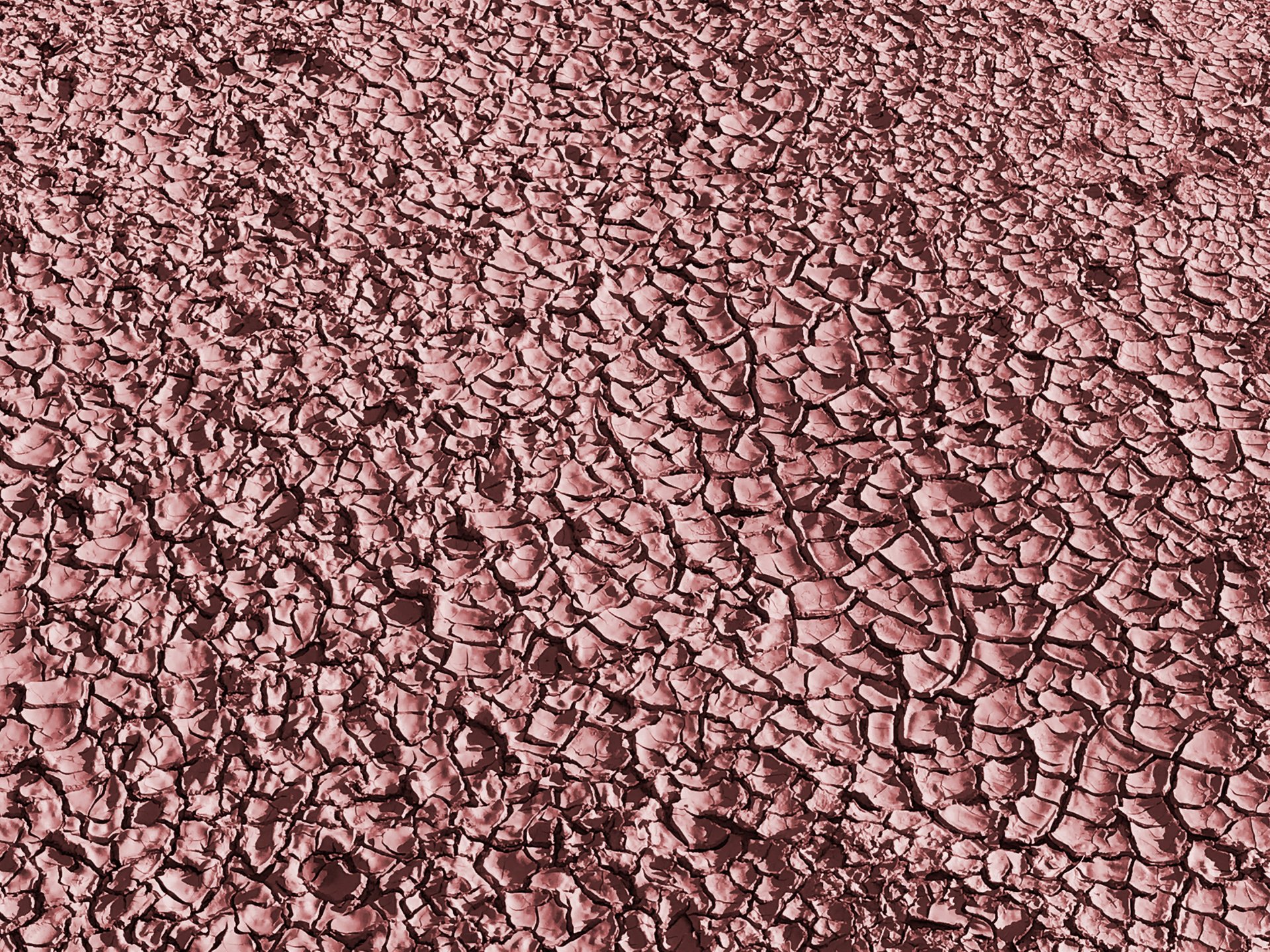
“When I came here, people didn’t know their counterparts across the river,” Archuleta says. “There was no real communication. We did our thing, they did theirs. I decided, look, I want to start a dialogue with them. I want to know how much they’re pumping, what they’re doing. And they need to know what we’re doing. So we’d have lunch.” Sometimes they’d meet in Mexico, sometimes in the US.
In 1999, El Paso and Juarez signed a groundwater-sharing agreement. It marked a rare and possibly unprecedented transboundary collaboration. There is no groundwater treaty between Mexico and the US—everywhere else an aquifer crosses the border, both sides just pump as much as they want.
The two cities began sharing water data, and El Paso even funded some studies on the Mexican side. They agreed to conservation practices, even though Juarez was using about half as much water per person as El Paso at the time. It was unofficial and unenforceable—only federal governments can ratify formal treaties with other countries—but it worked.
The new line of communication went beyond groundwater pumping. When Archuleta first visited in 1989, Juarez had no water treatment systems at all. “It was just raw sewage, right back into the river,” Archuleta says. The Rio Grande would carry the sludge southwards, below El Paso, towards Fort Quitman, Texas, right where the river flow peters out. Archuleta says people nearby called that part of the river “‘seca negra’—black ditch.” In the following years, encouraged by its improving relationship with El Paso and having seen firsthand El Paso’s technology, Juarez built two water treatment plants (with funding from the jointly-financed US-Mexican North American Development Bank), the first and second in the city.
Salt of the earth
In most aquifers, a layer of freshwater sits on top of a much larger layer of brackish water. Towns and farmers pump out the freshwater; the layer beneath typically is left in the ground. But the supply of brackish water in an aquifer is usually five to 10 times larger than the amount of freshwater, according to Michael Hightower, a veteran water engineer at the University of New Mexico.
That’s a lot of unused water. “According to the [Texas] state comptroller’s office, there is, within 26 of the state’s 30 major aquifers, 880 trillion gallons of brackish water,” writes Seamus McGraw in his 2018 book A Thirsty Land, “enough to flood the entire state of Texas under 15 feet of water.” But almost no one uses it, because it would cost millions of dollars to build the desalination plants necessary to make brackish water drinkable, and, without external funding, those costs would inevitably be passed to water customers. People like their water cheap.
But front-end investment was Archuleta’s jam. And by the late 1990s, Archuleta had, through his pricing structures, water-use limits, and fines, primed the public with the idea that water isn’t necessarily cheap, anyways. “People are so used to turning on a faucet and getting water that it frightened people a little to hear that it was really a finite resource,” Charlie Edgren, an editor at the El Paso Times, told Grist.
So El Paso decided to try desalination. Archuleta and his employees started by getting Texas politicians on board. Most important was Kay Bailey Hutchison, one of Texas’ two US senators at the time, and now the US’s permanent representative to NATO. She and Archuleta went to Washington, DC, to lobby Congress. By 2006, they’d won appropriations for $26 million of what would end up being a $91 million project. (“That kind of grant appropriation is unheard of for water infrastructure,” notes Christina Montoya, the communication manager for El Paso’s water utility. “They did a lot of tireless lobbying to get that grant.”) Most of the rest came from water bills. Nearby Fort Bliss Army base chipped in by doing the expensive environmental assessments for free—they needed the desalinated water in order to survive, too.
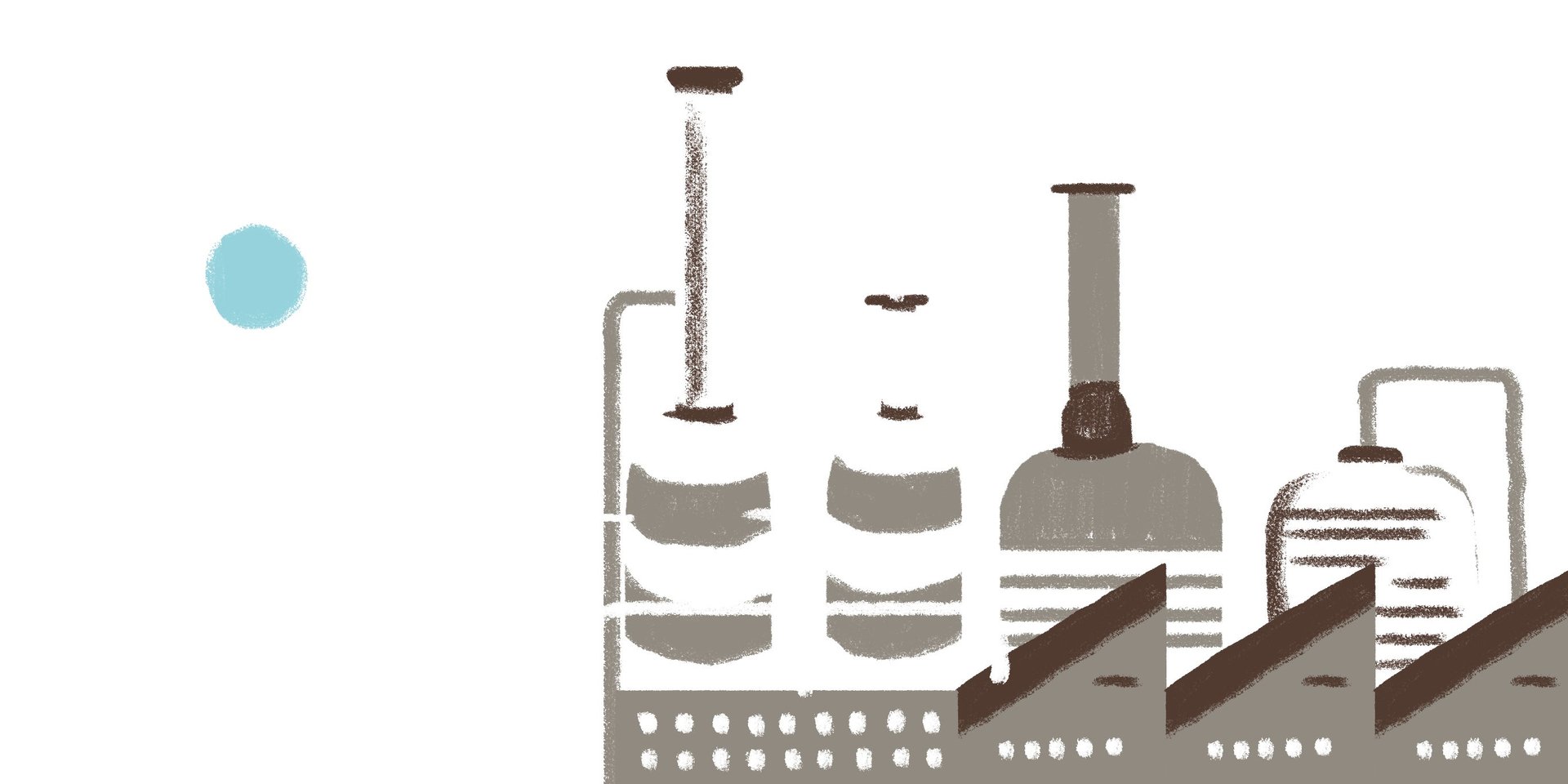
In 2007, El Paso opened the Kay Bailey Hutchison desalination plant, named after its biggest congressional supporter. It’s still the largest inland desal plant in the world, able to turn 27.5 million gallons (pdf) of salty groundwater into drinking water every day.
Then there is the matter of reusing sewage. In the 1980s, El Paso began treating wastewater to the point where it would be considered safe enough for human contact and then delivering it to unlined ponds, from where it would percolate back into the Hueco Bolson. As the water seeps through the ground—a slow process that takes more than a year—layers of rock and soil scrub out contaminants along the way, and the reclaimed water mixes with the groundwater in the Hueco Bolson. Then, when El Paso pumps water out of the aquifer as usual, the whole mixture is treated again before flowing through the city’s taps.
The project—coupled with El Pasoans using less water than before—made up for the fact that, combined, Juarez and El Paso were pulling more water out of the aquifer than could naturally be replenished. As of now, Texas reports that Hueco Bolson declines have stabilized.
Now, El Paso plans to cut out the settling-pond middleman entirely, by using direct potable reuse. To preempt the disgust factor, the water utility set in motion an outreach plan beginning in 2013 like the one spearheaded by Archuleta two decades before. “We trained our staff, they went around and talked to businesses and neighborhood associations about the need, and [explained] that the technology was safe. We were still feeling the drought around that time,” Montoya recalls.
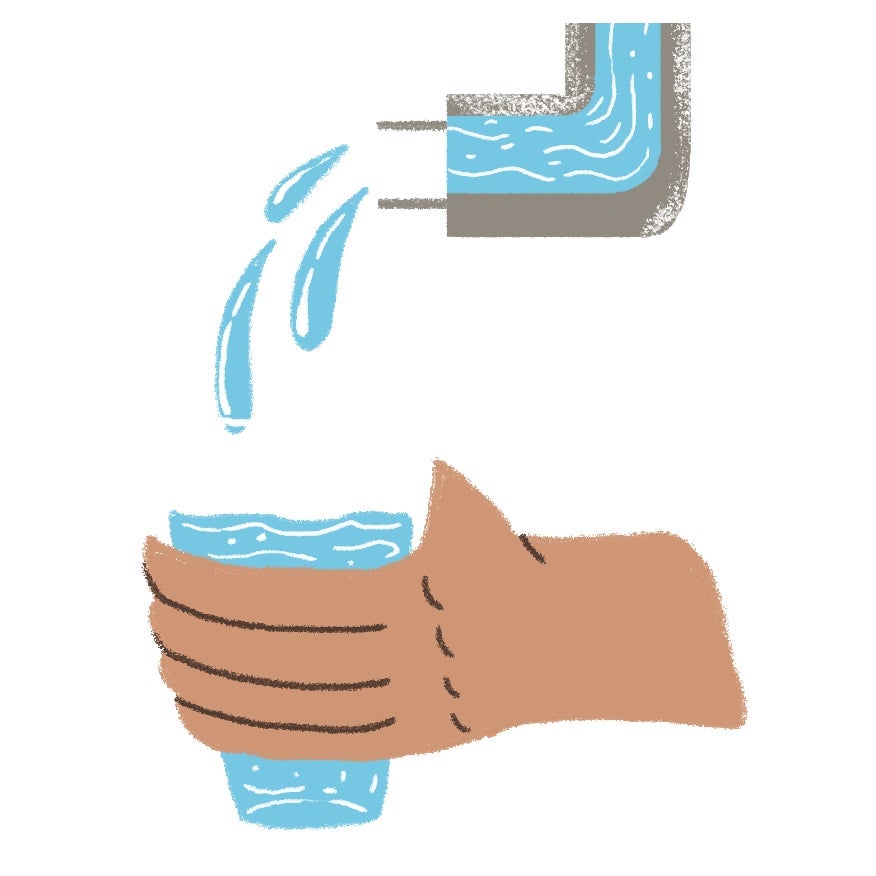
El Pasoans are now used to seeing themselves as desert animals, ready to adapt to their dry reality. In 2013, the city polled its water customers, and 84% said they were ready to drink the recycled waste. By 2016, 89% were on board.
Today, El Paso stands as a global model for how to grow economically while conserving water in an arid region. Since it opened its desalination plant, El Paso’s water utility says it has hosted water managers from Brazil, China, Iraq, Israel, Pakistan, Singapore, and Sudan, all of whom have come to Texas to learn how to squeeze more potable water out of the desert. On July 9, 2018, the water utility gave a tour of its operations to representatives from Myanmar, Cambodia, Laos, Thailand, and Vietnam, five countries all dependent on the struggling Mekong River. The US State Department, which has been funding an initiative since 2009 to, among other things, encourage all five lower-Mekong countries to collaborate on water management across border, paid for the trip.
Of course, there is still no official groundwater treaty between the US and Mexico. But that unofficial handshake agreement of collaboration between El Paso and Juarez is still in force. The visitors came to this dusty border city to see how they’d done it.
This is the ninth and final article in a series on border water and climate change, the result of a partnership between Quartz and the Texas Observer. Part of the reporting for this project was supported with a collaborative reporting grant from the Center for Cooperative Media.